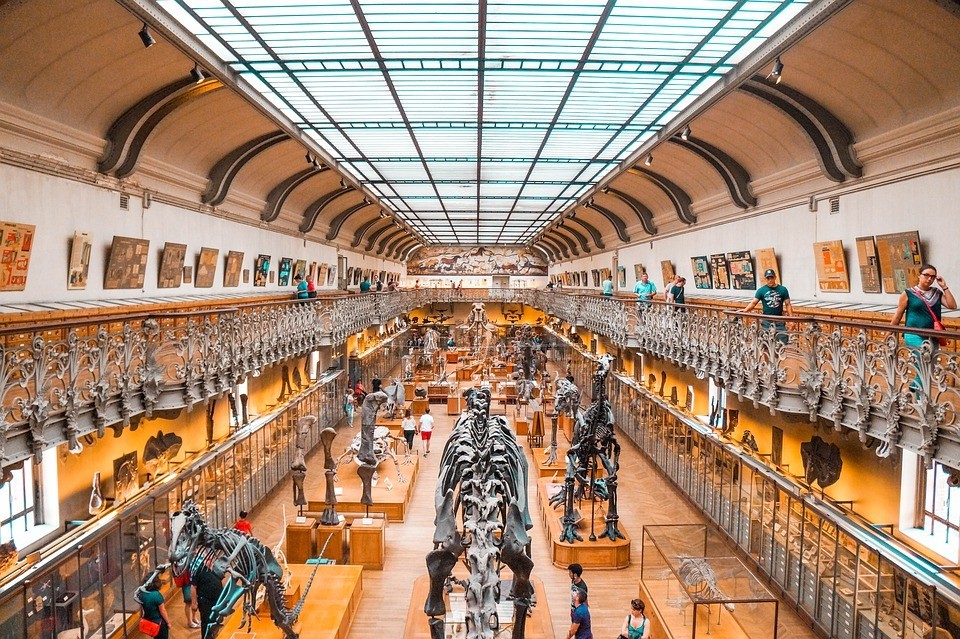

We continue to stay at home and
Why are natural history museums important?
There are about two million identified species on the planet. If we wanted to see these species one by one, it would be an amount that we wouldn’t be able to get and spend easily in a short time. However, the societies that understand the science correctly in their cultural structures have been the ones that have taken the natural inventory of the geography they live in, and have made the public conscious about this inventory. Today, we define these societies as “scientific society”. For example, there are more than five hundred natural history museums in North America. There are 43 museums in the UK and nearly two hundred natural history museums across Europe. There are rich collections in each of these museums. Every part of the public benefits from these museums, they learn with which species they share the geography they live in, and they are also conscious about biodiversity. In short, natural history museums are magical places that help us understand our place on the planet where we live.
Turkey’s situation is not good!
Unfortunately, there is not a natural history museum with broad scientific collections in Turkey. Except for some university museums and private collections, we do not have the chance to talk about museums with scientific collections in our country. We have a national museum of natural history located in the MTA, but its current situation does not include extensive collections.
Anatolia is a very rich geographical and historical perspective. It is also one of the few geographies in the world with its unique fauna and flora. However, in terms of the biological collections, our country is far behind the age we are in, far from the scientific societies. At this point, it will be a sad finding, but it seems that the Germans did what we couldn’t do. The Ludwig-Maximilians University Paleontology Museum in Munich was created with the mammalian fauna of Anatolia. Similarly, in Bonn Alexander Koenig Zoological Museum’s scientific collections, there are a lot of examples from different parts of Turkey.
Leading countries in natural history
As you can see from the numbers I have given above, the collections that the United States, Canada, and England have helped us understand the past and present of biodiversity all over the world. For example, the American Museum of Natural History in New York is an important natural history museum where you can access biodiversity information from almost every part of the world with its collections containing more than 30 million samples.

The National Museum of Natural History (Smithsonian Institute) in Washington DC is another natural history museum with more than 145 million specimens. This museum has the largest biological collection in the world with its examples and was founded in 1846.

The British Museum of Natural History, located in the capital of England, is Europe’s largest museum with more than 80 million specimens. The date when the collections in the museum started to go back to the mid-1600s. There are also biological samples collected by Charles Darwin in this museum.

As can be seen from the examples, the world leaders in natural history are countries such as America and the U.K. We can see the natural history museums in these countries as positive reflections of the colonization period in world history and imperialist movements. The examples of museums make an important contribution to scientific discoveries today. Fortunately, these samples were collected in time and fortunately these museums were established and these samples were preserved. Here, we can visit all of the museums I mentioned in these corona days. You all can visit the museums for the next three days, try to understand our place on the planet we live in, and see the natural life that exists in our environment from a different window. Be sure you will learn a lot…


